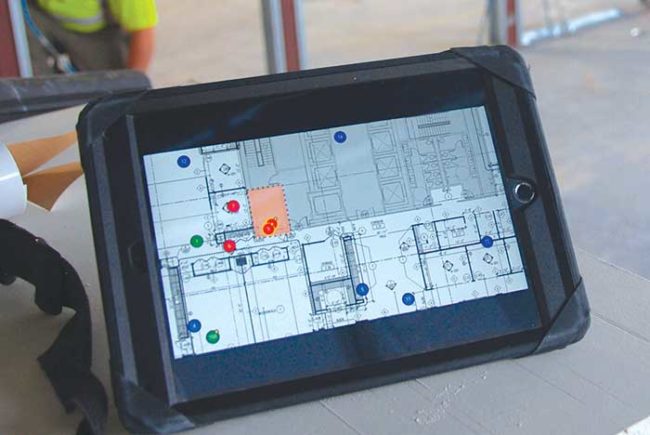Health care construction spending should see a steady rise over the next few years, according to a recent report from Gordian Group. Scott Creekmore, director of core accounts for health care, cites data that show a shift away from market inconsistency.
Spending for new hospital construction is projected to land at more than $7 billion in 2016 and steadily increase to more than $8 billion by 2020. Renovation, which Creekmore says accounts for more than half of construction projects from 2012 to the first quarter of 2016, is expected to grow as well.
For 2016, health care renovation spending is on track to be between $6 billion and $7 billion. Creekmore's report shows data that projects it will increase to between $8 billion and $9 billion by 2020. Lourdes Sisk, marketing manager, for health care, says health care reform may explain the strong growth in renovation projects.
“Health care facilities continuously face technology upgrades, efficiency improvements and facility upgrades to meet patient needs and patient satisfaction,” she says. “We see a rise across the board in construction and renovation projects to meet patient needs, and we expect that trend to continue into the future as hospitals begin to gain a better understanding of the ramifications of the [Affordable Care Act].”
Whether health care construction will see this same increase past 2020 is too far out to tell, Sisk explains. She says health care consists of too many moving parts to make any accurate prediction.
On a state-by-state basis, Texas, California and Florida lead the way in new construction starts for 2016, and Illinois is expected to see one of the highest growths in spending with more than $381 million more spent this year than in 2015.
In the renovation category, Texas, California and New York take the top three spots, but Pennsylvania and Illinois also have seen strong increases.
“Looking Northeast, Pennsylvania has seen the greatest increase in health care renovation spending from 2015 to 2016 with an increase of more than $274 million, followed by Illinois with an increase of more than $221 million,” Creekmore writes in his report.
Click here for the full report.





